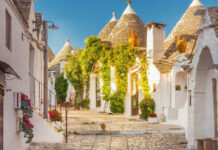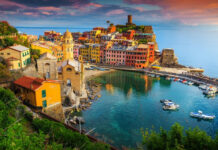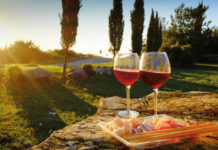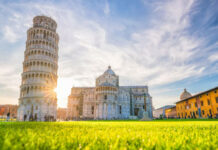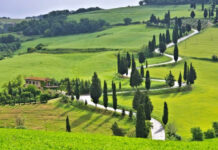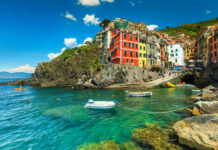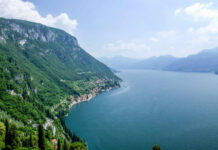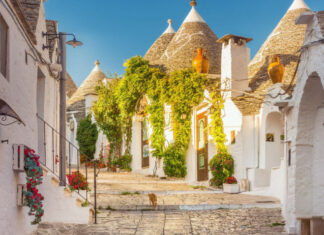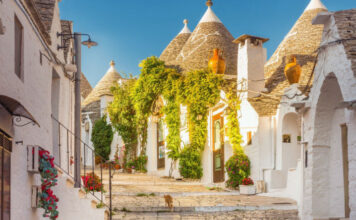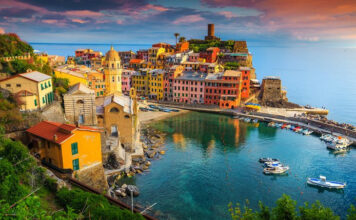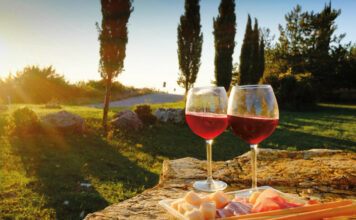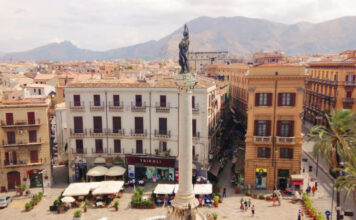When you think of Italy, one of the first things that come to mind is likely a rich, aromatic cup of espresso. The Italian coffee culture is legendary, with its deep-rooted traditions and rituals that make coffee drinking an art form. Whether you’re enjoying it on the bustling streets of Rome, in the picturesque cafes of Florence, or by the sea in Naples, the espresso is more than just a drink—it’s an experience. If you want to blend in like a true Italian, it’s not just about sipping your coffee; it’s about understanding the nuances of how Italians enjoy their espresso. From how to order to the dos and don’ts of drinking coffee in Italy, this guide will teach you how to navigate the world of Italian espresso with style and confidence.
Espresso: The Heart of Italian Coffee Culture
In Italy, coffee is serious business. The espresso is the cornerstone of Italian coffee culture, a small but powerful shot of pure energy. Unlike many countries, where coffee is consumed leisurely throughout the day, Italians typically drink their coffee quickly, standing at the counter, often as part of their daily routine. A well-made espresso is an integral part of Italian life—it’s a social activity, a morning ritual, and sometimes, even a mid-afternoon pick-me-up.

The process of making espresso in Italy is an art in itself, and there’s an unspoken pride in the preparation. The beans are typically dark roasted to extract the rich flavors, and the brew is strong, concentrated, and served in small, delicate cups. The crema on top is a sign of a well-pulled shot, offering a smooth, velvety finish that should linger on your palate.
How to Order Espresso Like a Local
When you step into a café or bar in Italy, you’ll be faced with a wide range of coffee options. To avoid the common tourist mistake of ordering a “regular” coffee or over-complicating your order, you’ll need to know the lingo and etiquette. Ordering espresso in Italy isn’t just about saying “coffee.” There’s a language to it, and knowing the correct terminology will ensure you blend in seamlessly.
1. Espresso (Caffè)
In Italy, if you simply ask for a “caffè,” you’ll receive an espresso. This is the default coffee, and it’s the drink that most Italians consume throughout the day. Keep in mind that “caffè” in Italy refers specifically to espresso, not drip coffee or filtered coffee, which are less common in the country.
So, when you walk up to the counter and say “un caffè,” you’re asking for a shot of espresso. Simple, direct, and to the point. The Italians value efficiency when it comes to ordering, and there’s no need for small talk.
2. Caffè Macchiato
If you want to add a touch of milk to your espresso, you’ll want to order a caffè macchiato. “Macchiato” means “stained” or “marked” in Italian, so this coffee is essentially an espresso “stained” with a small amount of milk foam. It’s a great option for those who find straight espresso too strong but still want the rich, bold flavor of espresso with just a hint of creaminess.
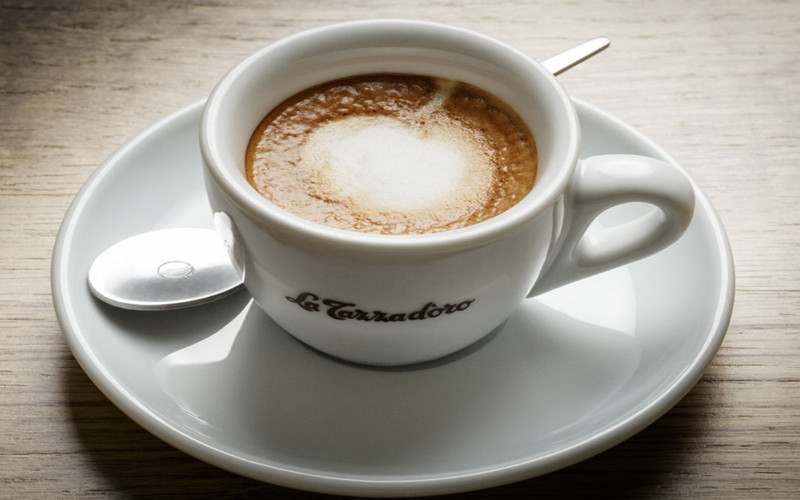
There’s also a variation called caffè macchiato caldo, which is made with steamed milk, and caffè macchiato freddo, which is served with cold milk.
3. Caffè Americano
For tourists who are more accustomed to a larger cup of coffee, the caffè americano might seem like a familiar choice. It’s made by adding hot water to an espresso, resulting in a milder, larger coffee. While it’s not typically an Italian staple, many Italian cafes will make one if requested. However, be mindful of the fact that ordering an Americano in Italy might make you stand out as a tourist, as it’s not traditionally part of the Italian coffee culture.
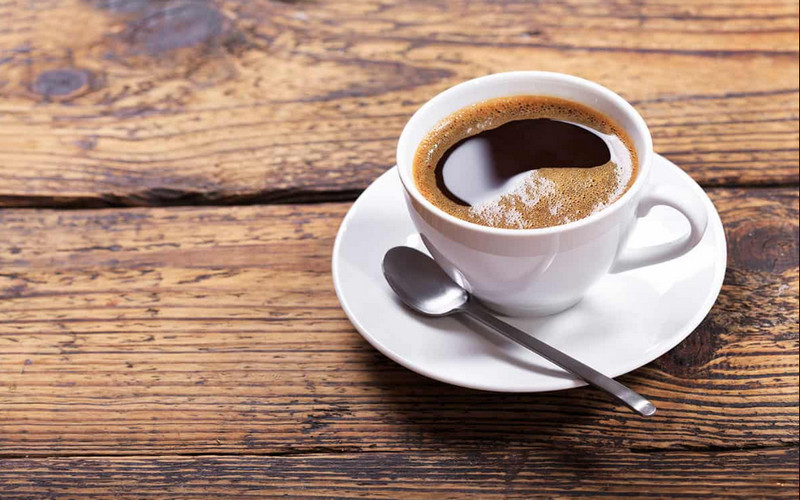
4. Caffè Corretto
If you’re feeling adventurous and want a little extra kick, you can ask for a caffè corretto. This is an espresso “corrected” with a splash of alcohol, often grappa, sambuca, or even brandy. The alcohol is meant to enhance the flavor of the coffee, adding a touch of warmth and a bit of sweetness. A caffè corretto is popular in the evening, especially after dinner, as a digestif.
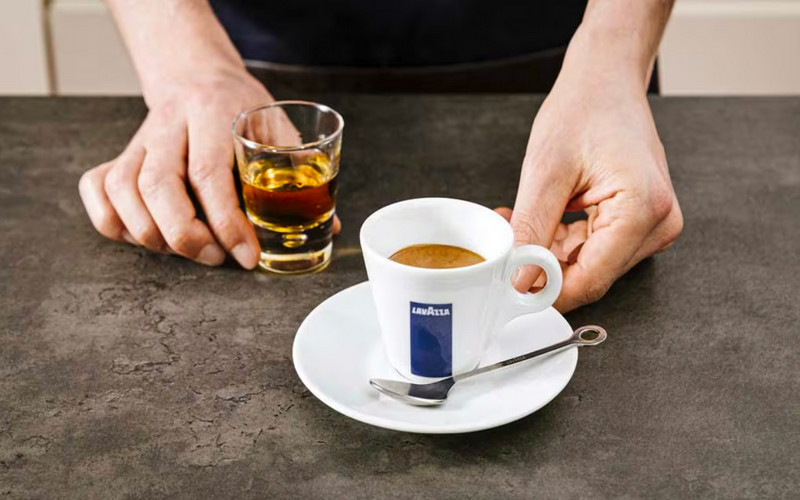
5. Caffè Lungo
For those who prefer a less concentrated espresso, a caffè lungo is the answer. The term “lungo” means “long,” and this coffee is made by allowing more water to pass through the coffee grounds, resulting in a larger, milder shot. While still an espresso, a caffè lungo is less intense than a regular caffè.
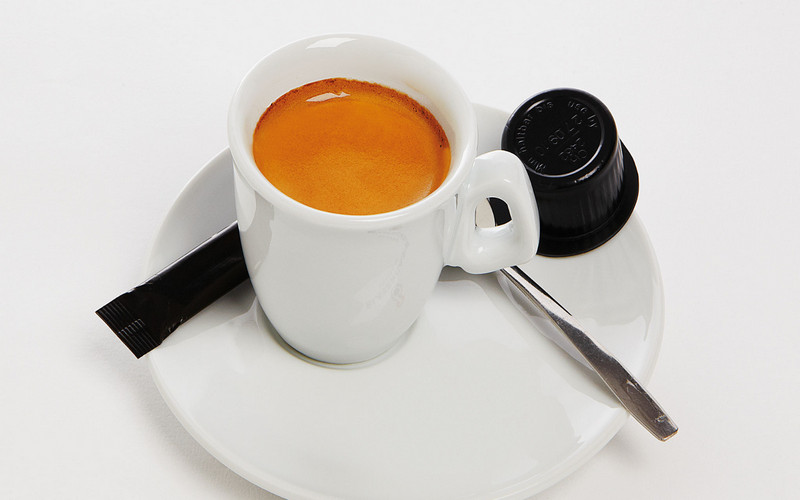
Where to Drink Espresso in Italy
In Italy, coffee is most often enjoyed standing at the bar. This is a cultural norm, and locals will rarely sit down at a table to have a quick espresso. When you order your coffee, you’ll typically pay first at the cashier and then head to the counter to enjoy your drink. This fast-paced, no-frills approach is part of the ritual and efficiency that defines Italian coffee culture.
However, if you choose to sit down at a table, expect to pay more. The “sitting fee” is charged because you’re taking up a table, and the service is a bit more relaxed. So, if you’re in a rush or simply want a quick caffeine fix, head to the counter and stand with the locals.
If you find yourself in one of the tourist-heavy areas, like Rome’s Piazza Navona or Florence’s Piazza del Duomo, be aware that cafés may charge higher prices for sitting at a table or ordering coffee with a view. Locals usually avoid these cafés and instead opt for places that are a bit off the beaten path but serve excellent coffee.
Etiquette and Coffee Timing
To drink coffee like a true Italian, it’s important to understand the timing and etiquette involved. Italians are particular about when to drink certain types of coffee, and adhering to these customs will make you feel more like a local.
-
Morning Ritual: The day starts with a quick espresso, typically accompanied by a pastry (like a cornetto, which is Italy’s version of a croissant). This is often consumed standing at the bar, and it’s common to have just one or two cups in the morning.
-
No Milk After 11 a.m.: One of the most important rules to remember is that Italians rarely drink milk-based coffees (like cappuccinos or caffè lattes) after breakfast. If you walk into a café after 11 a.m. and order a cappuccino, it will likely be met with raised eyebrows. Italians believe that milk in coffee is too heavy for digestion later in the day.
-
The Midday Pause: Around midday, Italians will often take a break for a quick caffè macchiato or a caffè corretto. This is a short, energizing pause in the day, and it’s often done standing at the bar with a quick conversation or a moment of reflection.
-
Afternoon Espresso: In the afternoon, espresso is often consumed as a quick boost of energy, but it’s rarely paired with food. Italians are strict about keeping their meals and coffee times separate.
Common Mistakes to Avoid
While Italians are warm and welcoming, they may not be as forgiving when it comes to coffee etiquette. Here are a few common mistakes to avoid:
-
Ordering a “Regular” Coffee: In Italy, if you ask for a “regular” coffee, you’ll likely confuse the barista. Instead, use the proper terms: “caffè” for espresso, “cappuccino” for a milk-based coffee, etc.
-
Sitting Down for Coffee in a Rush: If you’re in a hurry, it’s better to stand at the bar like the locals. Taking your time with coffee in Italy is reserved for leisurely moments, not quick breaks.
-
Ordering Milk-Based Coffees After Breakfast: As mentioned earlier, avoid ordering cappuccinos or lattes after breakfast. Italians reserve milk-based coffees for the morning, and ordering them later may mark you as a tourist.
-
Overcomplicating Your Order: Italians appreciate simplicity, so avoid over-complicating your order with too many modifications. Stick to the basics, and you’ll fit right in.
Espresso in Italy is more than just a caffeine fix—it’s a ritual, a moment of connection, and a key part of the country’s culture. By understanding the basics of Italian coffee culture, learning the correct lingo, and following the local customs, you can elevate your coffee experience and enjoy the art of espresso just like a true Italian.
So next time you find yourself in an Italian café, embrace the simplicity, savor the flavor, and enjoy the ritual. With every sip, you’ll gain a deeper appreciation for the art of Italian coffee. Buona caffè!
